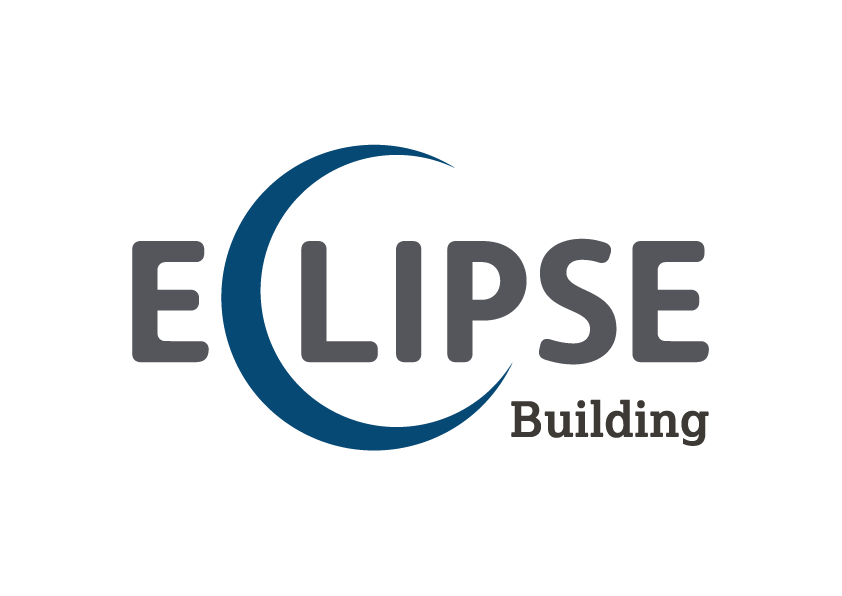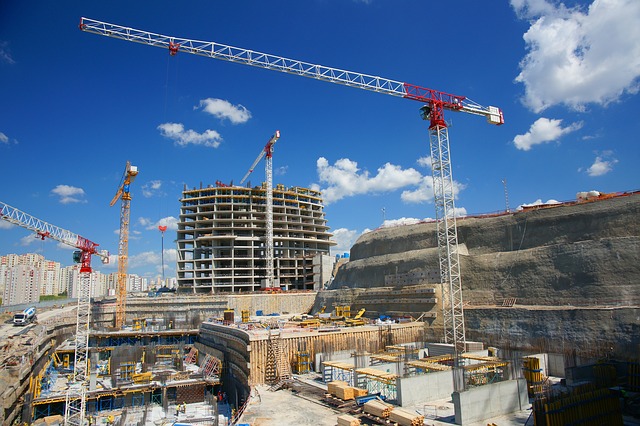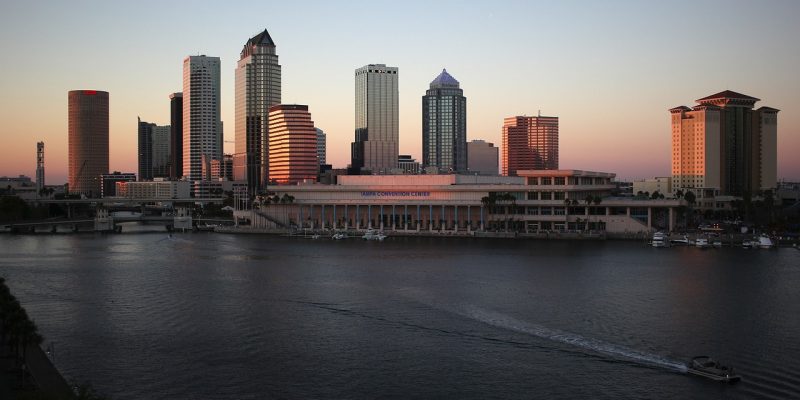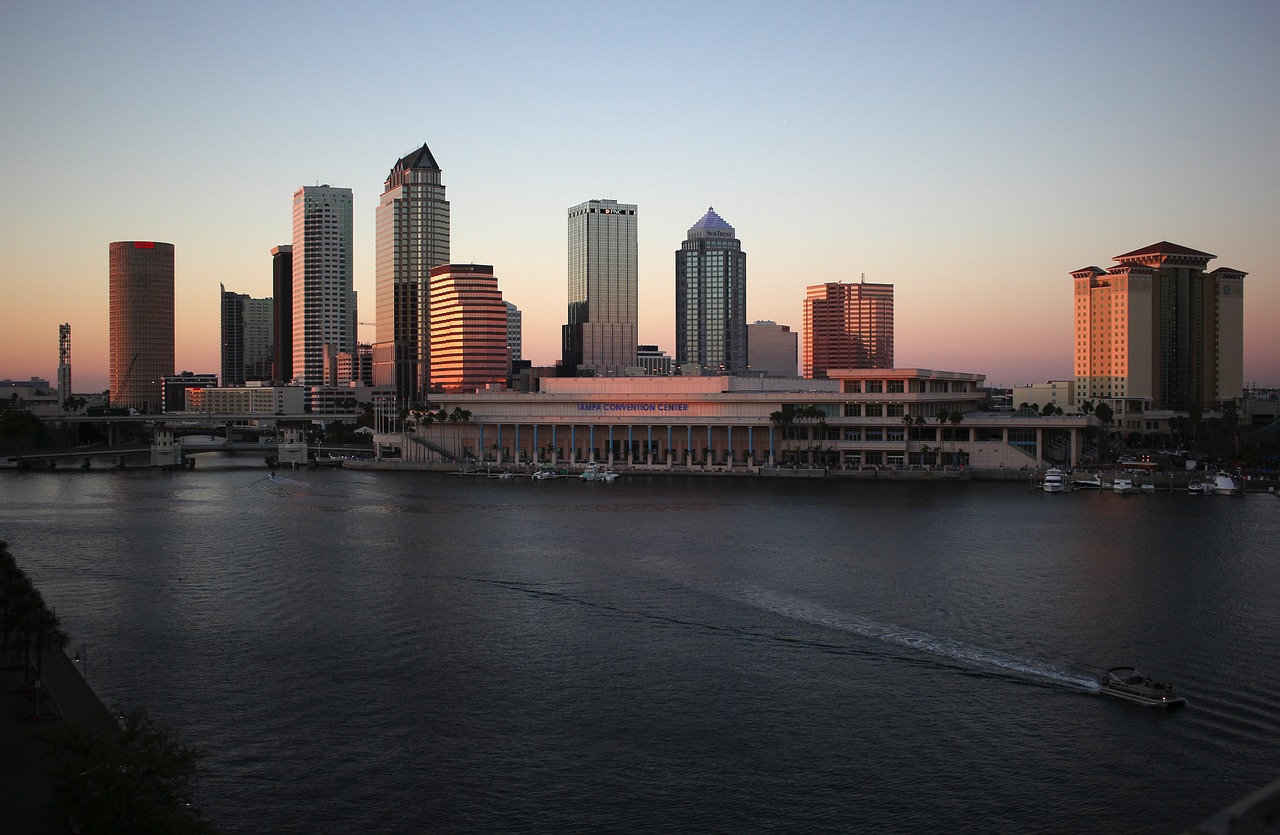Welcome back to our blog! (Because you’ve been reading regularly, we hope!) Last week, we discussed issues that often lead to misunderstanding within the construction industry. The items are meant to be as a guideline of things to keep in mind before entering into a construction contract. That said, they are not meant to substitute legal counsel. So don’t be cheap and get a lawyer if you need one.
Today, we’re discussing alternatives to litigation. The reason these are so important is that (a) they’ll save you money, and (b) they have a better chance of preserving relationships with other vendors within the industry. At the end of the day, you never know what’s around the bend, and you might have to deal with some of these people again in the future.
Alternatives to litigation:
Pay close attention to that contract.
We’ve mentioned the contract a lot, have you noticed? This is for a reason. So often, people will only skim the pages, or straight out sign without reading. It doesn’t matter what Joe told you. If you end up in Court, what matters is what’s on the contract.
Also, you want to make sure there are no inconsistencies. For example, if Clause Number 5 refers to Addendum A, and Addendum A contains contradictory information that what’s on reflected on Clause Number 5, which one are you bound to if there’s a dispute? You can’t afford to chance it. Iron out all inconsistencies before you sign that line.
Alternate Dispute Resolution.
You could always include a provision that in the event of a dispute, all parties involved to go mediation or arbitration instead of Court. Why? It’ll probably cost less and in the case of mediation, you’ll actually have a professional trying to steer the conversation into reaching a resolution. However, make sure you pay attention to who’ll have to pay for this. Are you guys splitting all costs 50/50, or is the person raising a concern responsible for all costs?
Whether the issue is regarding payment, a failure to perform, or construction defect, the only winners in construction litigation are the attorneys. So think about it: even if you have the money to battle it out in court only on principle, would you rather send your kids to college or send your attorney’s kids to college? Because that’s the only real good that will come out of this.
You know what else is an alternative to litigation? Hiring us. I mean, there are no guarantees in this world, but at least we have the experience and expertise to back up our claims that we’ll get things done right. Contact us, and let’s talk.


















